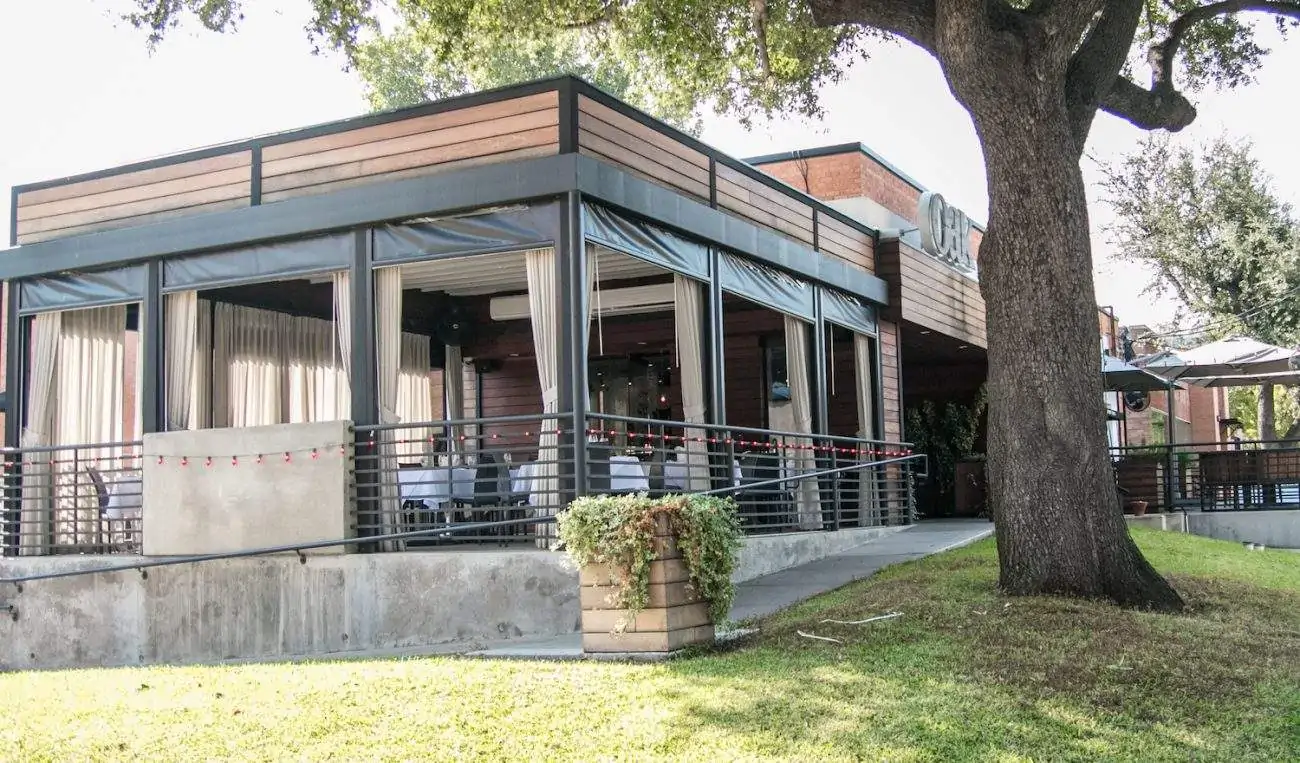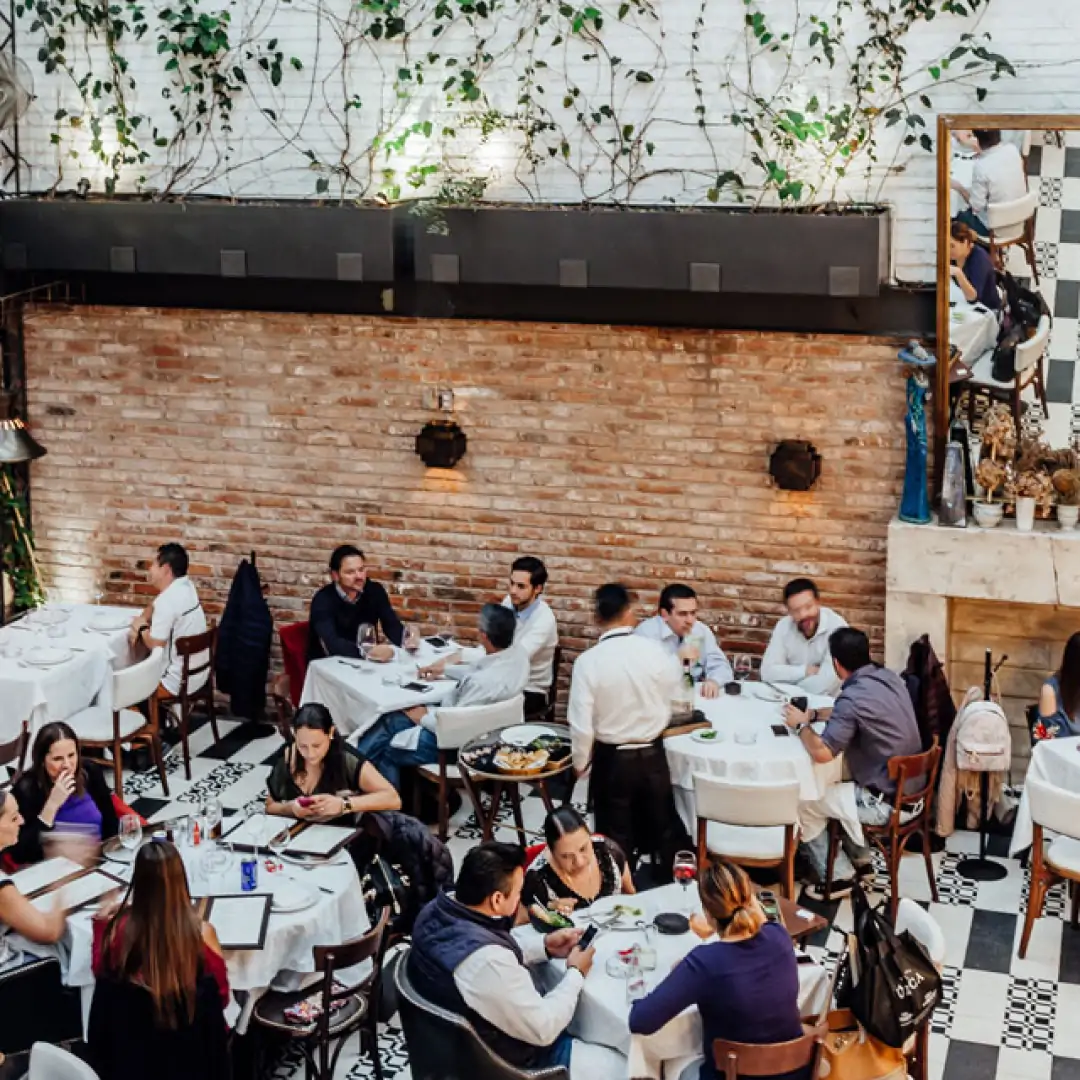A few decades ago, Dallas wasn’t much to write home about in terms of a dining scene. Fast forward to the present, and the city is booming with some of the country’s most exciting and globally-minded places to eat. For those thinking about opening a restaurant in the Big D, we rounded up some of the city’s top spots and spoke to their teams about what makes a successful restaurant in Dallas, from the cultural considerations to the legal nitty gritty.
Why Dallas?
Dallas is teeming with culture, nightlife, and most importantly, an appetite for dining out. “Dallas eats out like crazy,” says Megan Santonicola, General Manager of Cane Rosso, a wood-fired Neapolitan pizza spot with locations around the city. “They know food and they are open to trying new things.”
In fact, a survey conducted by Zagat revealed that Dallas-ites dine out an average of 4.9 times per week—one of the highest frequencies in the country. “People understand quality and will pay for it on both the food and beverage side,” say Richard Ellman, owner of the Apheleia Restaurant Group in Dallas.
The challenges
Yes, Dallas culture is lively, and people love dining out—but Ellman points out that as a result, diners can be very fickle. “There is little margin for error,” he says. Harp adds that the recent boom in restaurants has made the industry much more competitive. “It’s becoming more and more difficult to be a standout,” she says. “You have to become a little more creative not just with your food but also with your dining room to entice people to come in and to get the press to take a look at you.”
And while Dallas diners are generally enthusiastic about trying new dishes and flavors, they’re not all about adventure. “It’s critical to strive for creativity while simultaneously not becoming so ‘foodie’ that the experience becomes intimidating,” Ellman says. This, he says, is due to Dallas not being quite as diverse as cities like New York or Los Angeles. “It’s important to stay approachable,” he says.
On the logistical side, Dallas is a big-time driving city, and being able to provide parking is uniquely key to a restaurant’s success—particularly in the summer, Santonicola points out, when temperatures can get up to 106 degrees Fahrenheit. Diners don’t want to have to endure having to walk long distances from a parking spot to a restaurant. Unfortunately, setting up a parking lot isn’t so easy, as Dallas has pretty strict rules around this. Ellman says that these rules particularly affect restaurants that have covered patios—a “coveted” situation in Dallas. It’s worth noting that Fort Worth, the city just adjacent to Dallas (but still very much considered a part of the Dallas area), doesn’t have nearly as strict requirements on parking.

Finally, people in Dallas hate waiting in line. Whereas in New York or Austin people will gladly wait out long lines for a trendy pastry or a table, Santonicola says that Dallas-ites are less patient. A pizza concept like hers at Cane Rosso, she says, works really well, as the pizzas cook in 90 seconds, so she can turn tables over pretty quickly. But, she says, “we do have to find that balance of how to feed these people and get them in and out without pushing them out the door.”
Tips for success
Find a location near a free parking lot. Santonicola did this for Cane Rosso’s second location, which she says saved her team a lot of hassle and money trying to set up a parking lot themselves. Alternatively, Harp says that if you are in an area near a historical building, it is definitely easier to get access to a parking lot.
Know your neighborhood! This is important no matter where you choose to open a restaurant, but Dallas has particularly segmented neighborhoods, each catering to distinct audiences. Carrollton, for example, caters to families (hot tip: Santonicola says alcohol moves faster in family neighborhoods!), while Deep Ellum has a younger crowd and a strong bar scene. This is important to consider when deciding on your restaurant’s layout and offerings—Santonicola says that Cane Rosso’s White Rock location has a patio, as this is more of a kid-friendly feature, while their Deep Ellum location has a robust beverage program.
Don’t assume downtown is where the action is. For many cities, the downtown area is the most happening in terms of a restaurant and bar scene—not the case in Dallas, according to Harp. There will be some restaurants that are only open from 9 to 5 on weekdays and completely closed on the weekends, when the area is pretty dead (particularly in the evenings). She points to a number of downtown restaurants catering to a more social crowd that have since closed because they didn’t understand this. “Downtown is just a really hard market,” she says.
Be close to culture. Specifically, Dallas has a bustling live music scene, and diners are always looking for restaurants to visit before going out to a concert, Santonicola says. If you’re setting up shop in a social part of town, be sure to stay abreast of when cultural events are happening—and offer specials accordingly.





